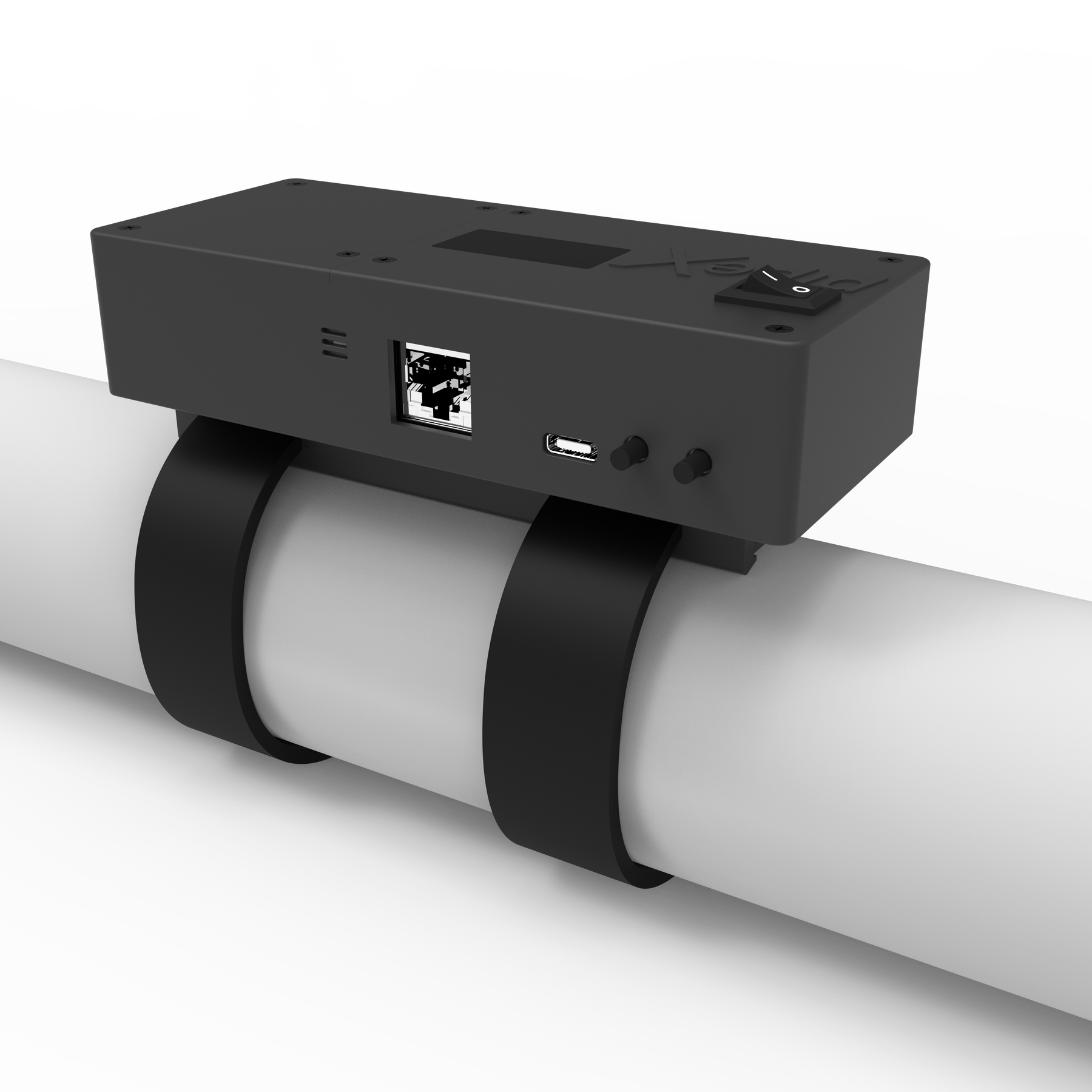Renovating your home can be an exciting journey, especially when it involves high-impact areas like the bathroom. For homeowners and real estate developers, a well-done bathroom not only adds functional space but also enhances the overall aesthetic of the home. This how to tile a bathroom floor on concrete guide will walk you through every step of the process, providing key tips and tricks to make the task as smooth as possible.

Why Tile Your Bathroom Floor?
Tiling your bathroom floor offers several advantages. Tiles are not only durable but also water-resistant, making them ideal for wet areas. Additionally, a properly tiled floor can transform the appearance of your bathroom. While tiling a floor might seem daunting, following a clear process can ensure a professional finish.

Preparing Your Concrete Floor
Assessing the Concrete Surface
Before you begin, it’s crucial to assess the state of your concrete floor. Ensure the surface is clean, dry, and level. Any imperfections, such as cracks or holes, should be repaired. Here are some steps to prepare your concrete surface:
- Clean the floor thoroughly to remove dirt, dust, and grease.
- Check for any uneven areas and use a leveling compound if needed.
- If there are cracks, try to fill them with concrete filler and allow them to dry completely.
Gathering Your Tools and Materials
To ensure a smooth job, gather all the necessary tools and materials before starting the tiling process. You’ll need:
- Ceramic or porcelain tiles
- Adhesive or thin-set mortar
- Tile spacers
- Tile cutter
- Grout
- Grout float
- Notched trowel
- Measuring tape
- Level
- Rubber mallet
- Sponge and bucket

Laying Out the Tile
Dry Laying the Tiles
Before permanently adhering the tiles to the floor, it’s a good idea to lay them out a dry run. This helps in understanding the pattern and making adjustments before the adhesive is applied. Heres how you can do it:
- Start from the center of the room and work your way towards the edges.
- Use spacers to ensure equal gaps between tiles for grouting.
- Make adjustments as necessary to accommodate for cuts near the edges or around fixtures.
Cutting the Tiles
Inevitably, you will need to cut tiles to fit around the edges and corners. A tile cutter or wet saw can be handy for this. Ensure you wear protective gear while cutting tiles.
Applying Adhesive and Laying Tiles
Mixing and Applying Adhesive
The next step involves mixing your adhesive or thin-set mortar according to the manufacturer’s instructions. Using a notched trowel, spread the adhesive evenly on a small section of the concrete floor:
- Work in small sections to ensure the adhesive doesn’t dry out before you lay the tiles.
- Apply the adhesive using the flat side of the trowel, then comb it with the notched side.
- Ensure even coverage for better adhesion.
Setting the Tiles
Once the adhesive is laid, start placing your tiles:
- Press each tile firmly into place and twist slightly to set it in the adhesive.
- Use tile spacers to maintain even spacing for grout lines.
- Tap lightly with a rubber mallet to ensure the tiles are level and fully adhered.
Grouting Once the Tiles are Set
Mixing the Grout
Allow the adhesive to cure as per the manufacturer’s instructions before starting the grouting process:
- Mix the grout according to the manufacturers instructions, ensuring a smooth, lump-free consistency.
- Let it rest for a few minutes to allow the chemical reactions to activate fully.
Applying the Grout
Generously apply the grout over the tiles using a grout float:
- Work the grout into the joints at a 45-degree angle.
- Ensure all spaces are filled, and remove any excess grout.
- Wipe the tiles with a damp sponge to remove any grout haze.
Finishing Touches
Sealing the Grout
Once the grout has dried (usually after 24-48 hours), apply a sealer to protect it from moisture and stains. This important step ensures the longevity of your tiled floor.
Cleaning and Polishing
Your new floor is almost ready! Clean the tile surface with a damp sponge to remove any remaining grout haze. A final polish will add that professional touch, leaving your bathroom floor looking brand new.
Frequently Asked Questions
Can I tile over an existing tiled floor?
Yes, you can tile over an existing tiled floor, provided the old tiles are clean, dry, and in good condition.
How long will it take for the adhesive and grout to dry?
It’s recommended to allow 24-48 hours for the adhesive and grout to fully set before using the bathroom.
What are the best types of tiles for a bathroom floor?
Ceramic and porcelain tiles are ideal due to their durability, water resistance, and variety of designs.
Conclusion
Tiling a bathroom floor on concrete can transform the space into a stylish and functional area. With careful planning and execution, you can achieve a professional result. Happy tiling!
Additionally, for eco-friendly home renovation ideas, you can read this article on Green Construction. Furthermore, for construction tips on achieving LEED certification, check out this LEED Certification guide.
As an Amazon Associate, I earn from qualifying purchases.


